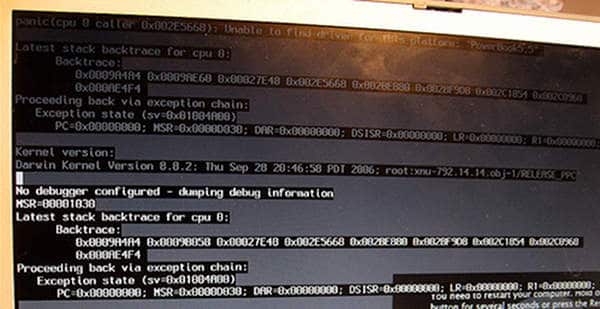Tag: Fedora
Debian 6.0 ‘Squeeze’: What’s New?
With its extremely long release cycle (this one took two years), Debian 6.0 Squeeze was rolled out on February 6th, amidst jokes like, "See...
KGDB with VirtualBox: Debug a Live Kernel
Debugging an application live has always been easy for application developers, but debugging a live kernel has never been a simple option for kernel...
DeleGate — A Multi-platform, Multipurpose Proxy Server
A proxy server works as an intermediary for requests from clients seeking resources from other servers. There are various types of proxy servers. In...
lighttpd & SQLite: A Lightweight Web Server and Database Platform
This article demonstrates the setting up of a lightweight Web server and database platform, using the lighttpd Web server and the SQLite database management...
CRASH Your System (and Debug Kernel Panic)
Aimed at Linux kernel developers and just about anybody who would like to debug a kernel panic with the Crash utility, this article assumes...
Puppet Data Centre Automation Solution, Part 4: Classes & Modules
We learned about some of the interesting ways Puppet helps automate things in Part 3. In the final part of this series, we look...
Gitolite: Administer a Central Git Repository without Going Insane
Over the past few years, centralised version control systems like SVN have steadily given way to distributed systems like Git or Mercurial -- the...
Understanding a Kernel Oops!
Understanding a kernel panic and doing the forensics to trace the bug is considered a hacker's job. This is a complex task that requires...
Device Drivers, Part 3: Kernel C Extras in a Linux Driver
This article in the series on Linux device drivers deals with the kernel's message logging, and kernel-specific GCC extensions.
Enthused by how Pugs impressed their...
Puppet Data Centre Automation Solution, Part 3: Resource Types & Example...
The previous article in this series focused on creating users, groups and files (based on home directories). Let's now look at the various types...











































































